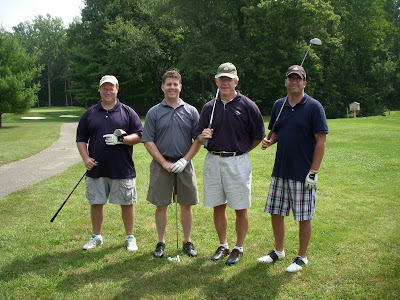
At the American Planning Association (APA) Federal Policy Briefing, which began on Sunday, John Robert Smith, CEO and President of Reconnecting America and a leader of the Transportation for America (T4America) network, and Devon Barnhart, legislative counsel for transportation, urban and natural resource issues for Congressman Albio Sires of New Jersey, called for a transformation in federal transportation policy so that federal investment better supports the development of multi-modal urban transportation networks, increased inter-connections in rural areas, and improved walkability and bikeability across communities. With the upcoming reauthorization of SAFETEA-LU, the USD 286 billion transportation legislation, there is an opportunity to put U.S. transportation on a new path away from highways and towards sustainable, accessible forms of transportation, including rail, and public transit.
In introducing the panel, Roxanne Blackwell, Federal Affairs Manager, ASLA, said: “all of us in this room know and understand that how a community is designed, including the layout of its roads, buildings and parks, has a huge impact on the life and health of its residents and on the overall economic health and viability of our nation as a whole.”
Devon Barnhart, Legislative Counsel, Congressman Albio Sires: Congressman Sires is looking towards the upcoming authorization of surface transportation legislation as an opportunity to “keep people and goods moving in a sustainable manner.” Sires’ district contains almost all forms of transportation, including airports, ports, mass transit, Amtrak, and ferries. The port alone serves 1/3 of the nearby population, and generates enormous economic activity for the area. However, existing transportation networks, particularly for freight, also create “quality of life” issues, including pollution.
Barnhart said the new Hudson-Bergen Light Rail system, which runs through the district, has helped ameliorate some of these issues. Along the rail line, “there was lots of blight, old industrial sites. Now, there’s lots of tie-in, and commercial growth.” There have also been new condos and brownstones. However, Barnhart noted a big downside: it’s made it impossible for low-income people who need access to public transportation to live along the new light rail line.
Barnhart argued that complete streets are particularly crucial to dense communities like those in Sires’ district. Barnhart added that ”people are still trying to strip complete streets out of bills,” and urged planners and landscape architects to meet with their representatives and highlight the importance of complete streets projects in their districts (even if they are rural).
John Robert Smith, Reconnecting America / T4America: Robert Smith was the long-time mayor of Meridian, Mississippi, where he oversaw the development of an innovative transit-oriented development project. Smith led the development of a multi-modal transportation network and leveraged USD one million in government money to bring in USD 135 million in private sector investment around the new transportation hub. In a city of 350,000, the new transportation hub led to the restoration of the local opera house, a new conference center, and department stores. Meridian also now has the 15th largest urban forest in the U.S. The urban forest includes bike paths and trails.
Smith said the U.S. needs a “transformational transportation bill.” It can no longer just be about “asphalt,” but needs to be about “rail — light, heavy, high-speed, and include housing, planning, metrics, and smart growth.”
Transportation for America (T4America), an organization in which Smith plays a lead role, now has 360 partner organizations, and sends some 50,000 emails to Congress in each campaign. T4America is aiming for a transformational surface transportation bill that can provide incentives for:
- Affordable housing near mass transit
- Robust transit, walking, biking
- Improved mobility options for senior, low-income residents and veterans
- Incorporation of local voices (transportation is often sited within highway departments and the U.S. needs to get away from highway development)
- Green ports and freight.
Given that SAFETEA-LU, which passed in 2005, just expired, the current gas tax which funds all sustainable transportation work is also up for renegotiation. The U.S. Senate and administration want an 18 month extension into 2011. Regardless of how long the extension lasts, the issues need to be dealt with immediately. “Revenue from the gas tax doesn’t cover SAFETEA-LU. New sources of revenue are needed and there are different ways to do this.” New funds are needed for public transit and regional planning around transit-oriented development. Smith said the numbers aren’t critical, but what is needed is a basic change in the way the U.S. sees transportation. A new surface transportation bill must be transformational, and include housing, rail, environmental sustainability, if the U.S. wants to retain its economic competitiveness.
Smith added that “no rail system pays for itself.” In Europe, governments invest heavily in rail systems because of other economic, social, and health benefits they provide. In the U.S., “we spend more on highway roadkill clean-up than passenger rail.”
Smith and Barnhart encouraged people to check out MyCommuteSucks.org, and urged architects, landscape architects, and planners to get politically involved in their communities.
Image credit: Hudson-Bergen Light Rail, Flickr





























